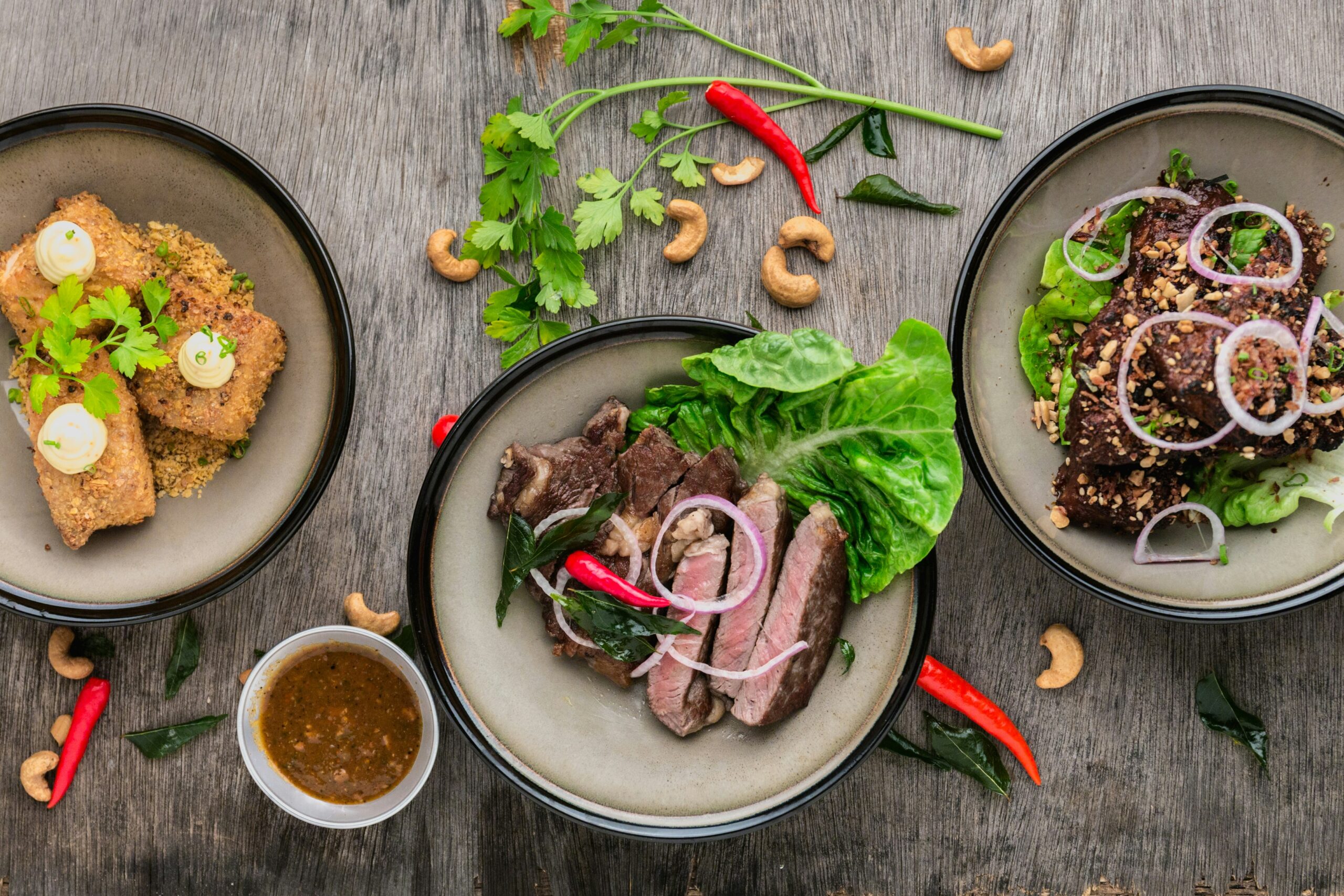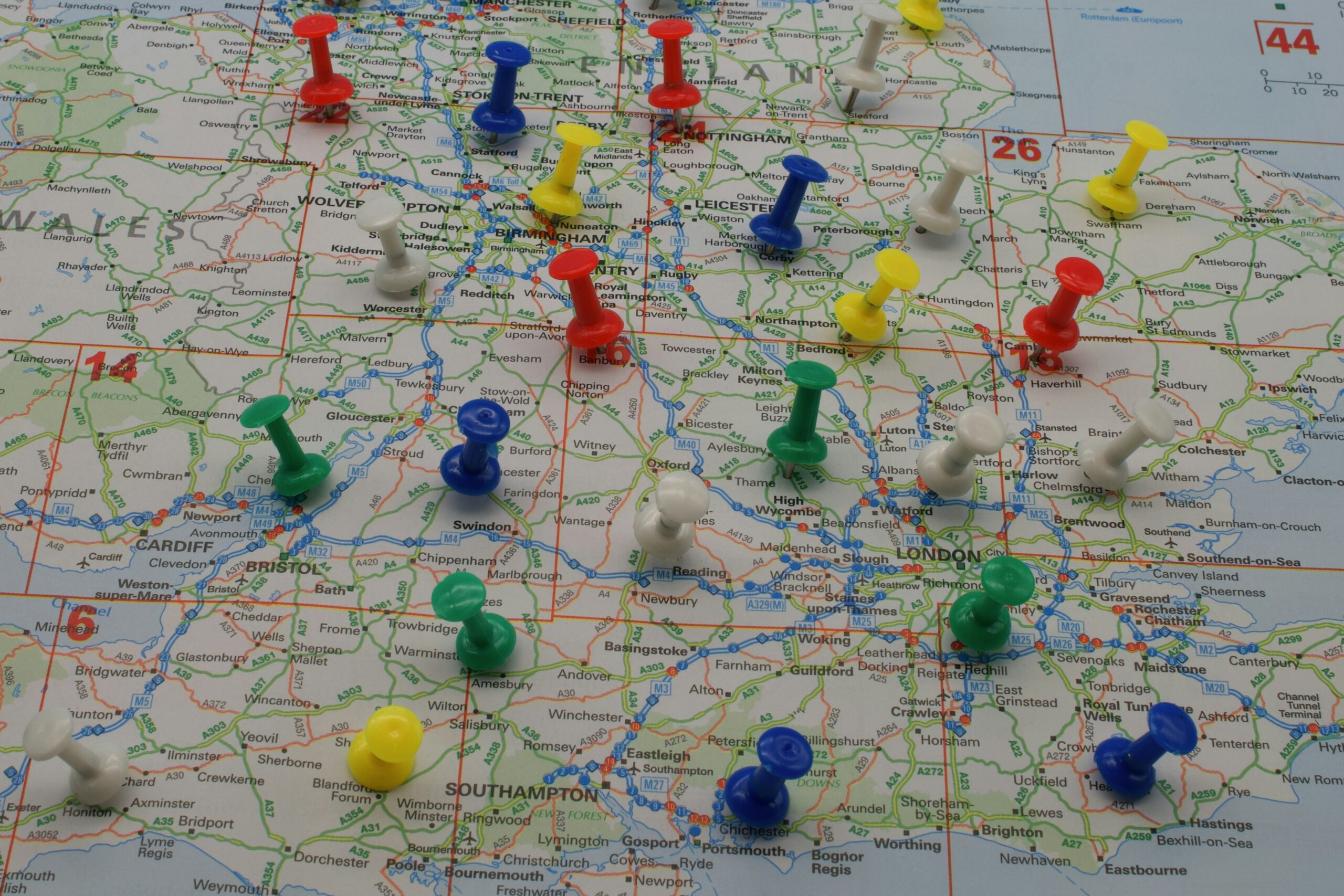Photo by Christina @ wocintechchat.com on Unsplash
When leading by example, communicating effectively, and fostering a supportive and accountable environment, you can guide your team toward achieving great things.
The Essential Leadership Skills and Qualities Every Leader Should Have
By Gary Occhiogrosso – Managing Partner, Franchise Growth Solutions & IFA Mentor.
Leadership is a multifaceted and dynamic quality that can significantly influence the success of a team or organization. Whether you’re an aspiring or seasoned leader, honing the following essential leadership skills and qualities can help you lead more effectively.
- Leading by Example
Great leaders lead by example. Your actions often speak louder than words. When you roll up your sleeves and work alongside your team, you inspire them to put in their best effort. By demonstrating the behavior and work ethic you expect from others, you can motivate your team to follow suit. Be the leader who shows the way, not just tells the way
2. Effective Communication
Clear communication is critical. As a leader, it is crucial to ensure that everyone understands your messages. Whether you’re setting goals, providing feedback, or resolving conflicts, transparent and effective communication can make a significant difference. Speak clearly, listen actively, and keep everyone on the same page to ensure your team is aligned and informed.
3. Empathy
Empathy builds trust. Understanding and connecting with your team’s emotions can foster a supportive and collaborative environment. Show that you care about their well-being and challenges. Being empathetic creates an atmosphere of trust and respect, encouraging your team to be open and honest with you.
4. Decisiveness
Decisiveness drives progress. Leaders are often required to make quick and informed decisions. Analyze the situation, decide on a course of action, and execute it swiftly. Decisiveness instills confidence in your team and helps maintain momentum, ensuring that projects move forward efficiently.
5. Adaptability
Adaptability is essential. In today’s fast-paced world, change is inevitable. A great leader embraces change and guides their team through it. Stay flexible and open to new ideas, and help your team adapt to shifting circumstances. Your ability to navigate uncertainty will inspire confidence and resilience in your team.
6. Integrity
Integrity earns respect. Always do what’s right, even when it’s challenging. Upholding strong moral principles and being honest in all your dealings will earn your team’s respect and trust. Integrity is the foundation of effective leadership and helps build a positive and ethical work environment.
7 .Delegation
Delegate to empower. Trusting your team and sharing responsibilities can lead to more efficient and effective outcomes. Delegation lightens your workload and empowers your team members to take ownership of their tasks. By delegating effectively, you can foster a sense of responsibility and accountability within your team.
10. Vision
A clear vision guides the way. As a leader, havingit’s a clear and compelling vision that your team can rally behind is essential. Present your vision in a way that inspires and motivates your team. When everyone understands and believes in the common goal, they are more likely to work together towards achieving it.
11. Motivation
Motivation boosts performance. Recognizing and celebrating your team’s achievements can significantly enhance their motivation and performance. Acknowledging hard work and providing constructive feedback can encourage growth and development. A motivated team is more productive and committed to achieving its goals.
12. Accountability
Accountability builds trust. Hold yourself and your team accountable for your actions and decisions. Taking responsibility for and learning from mistakes sets a positive example for your team. By fostering a culture of accountability, you can build a trustworthy and reliable team that strives for continuous improvement.
Incorporating these leadership skills and qualities into your daily practices can help you become a more effective and inspiring leader. Remember, leadership is a journey; continuous improvement is vital to success. By leading by example, communicating effectively, and fostering a supportive and accountable environment, you can guide your team toward achieving great things.
LEARN MORE ABOUT FRANCHISE LEADERSHIP
++++++++++++++++++++++++++++++++++++++










